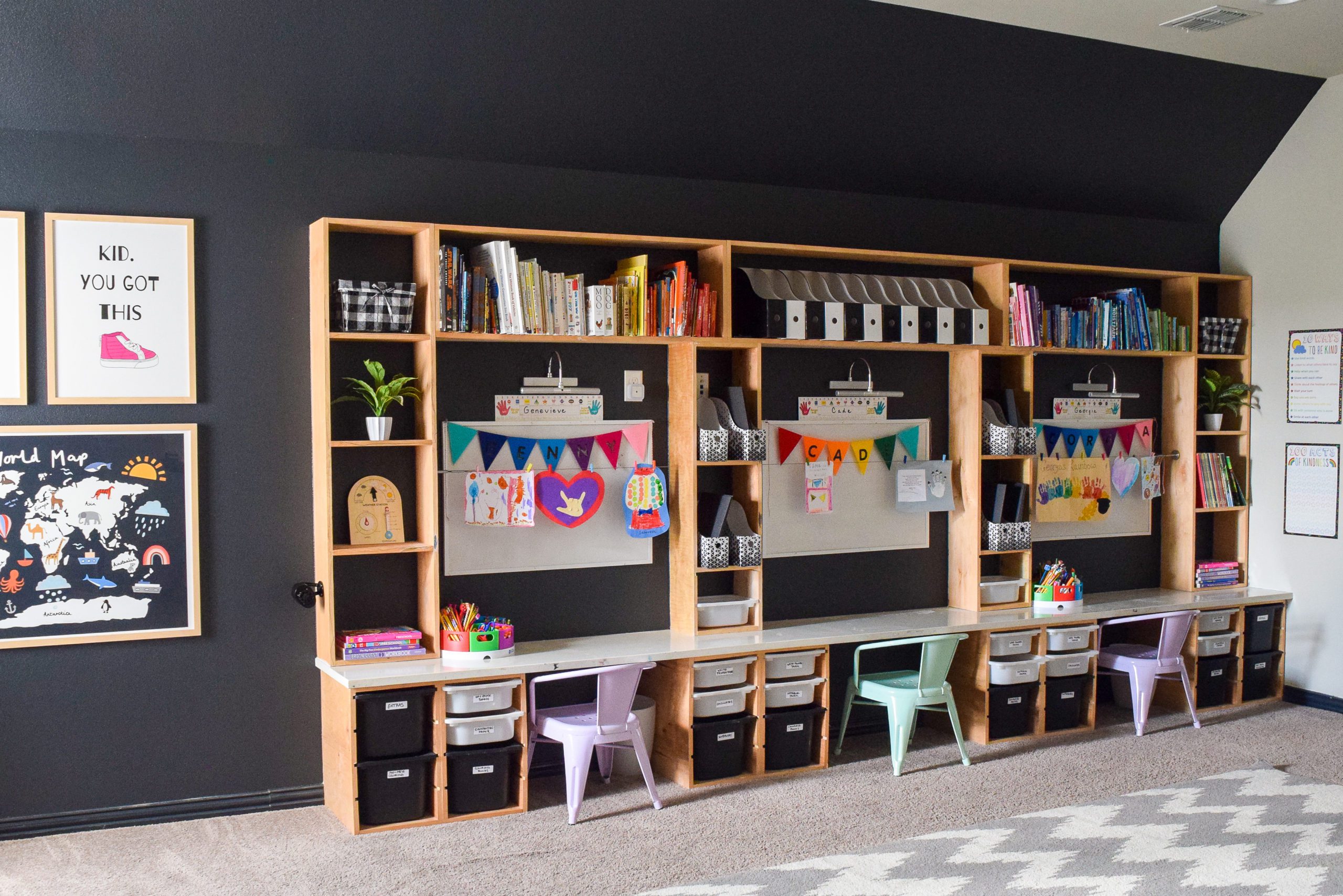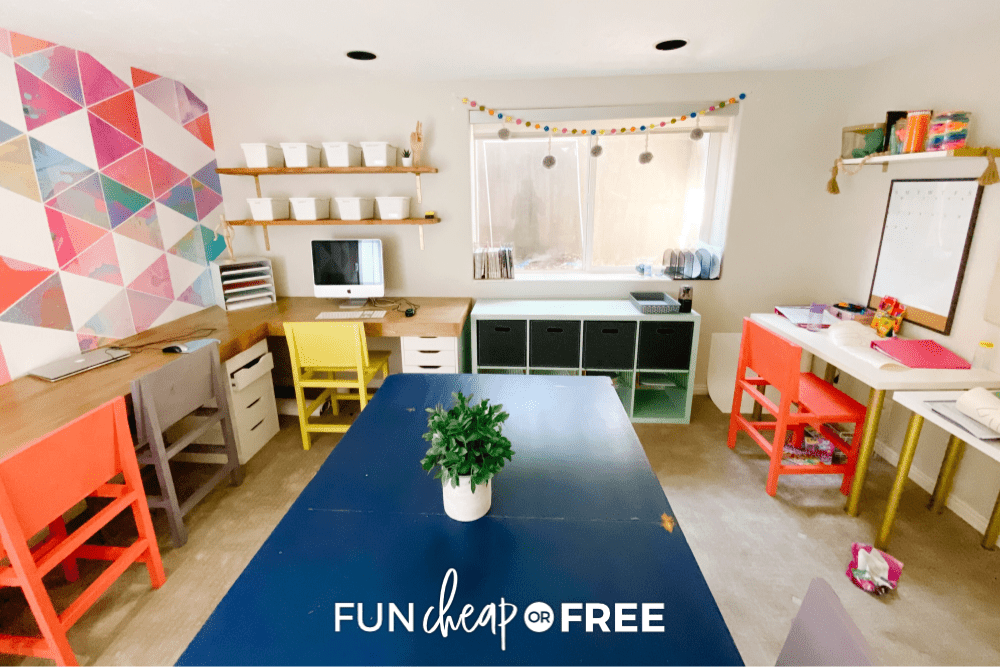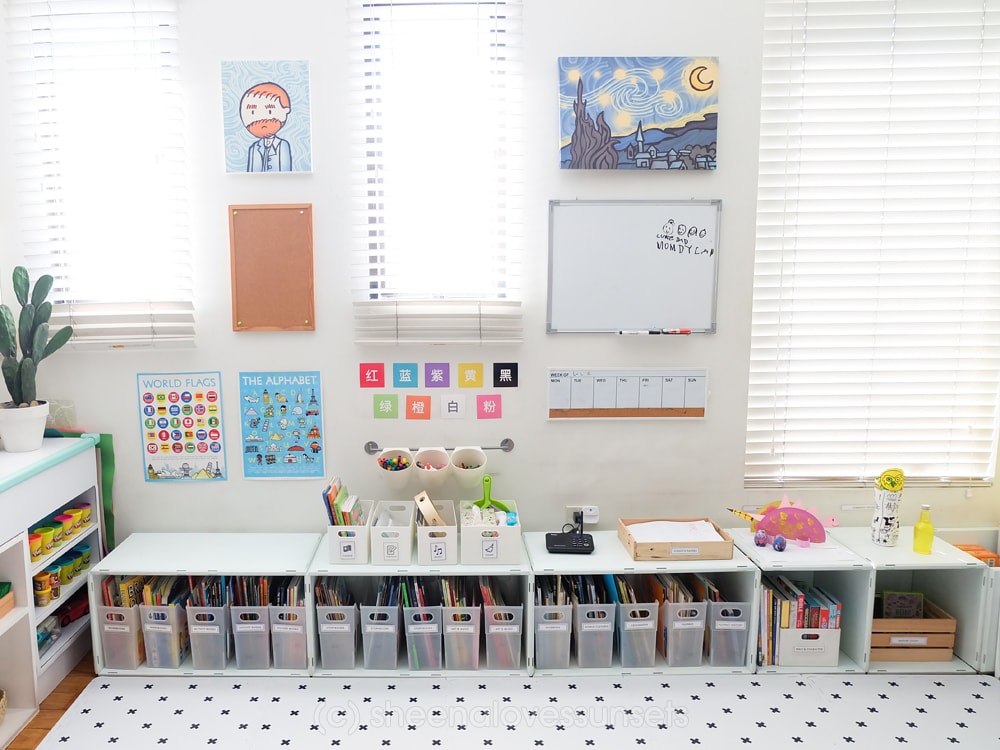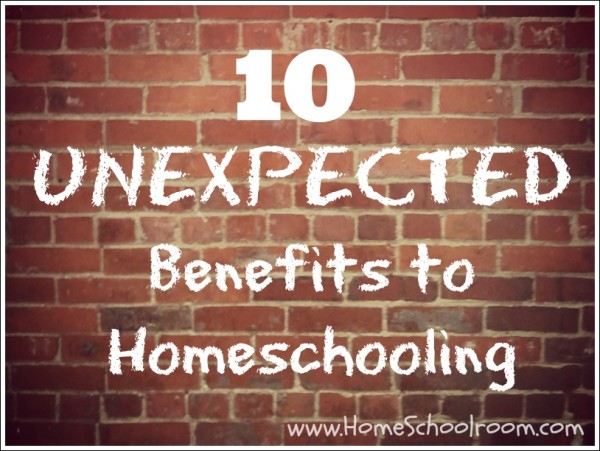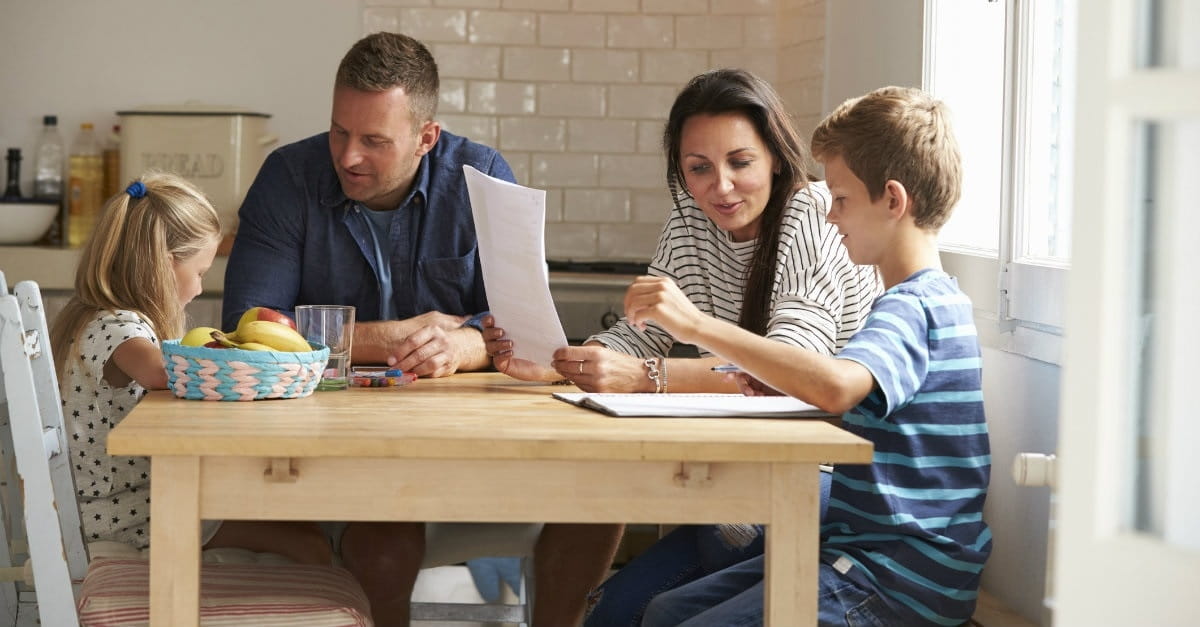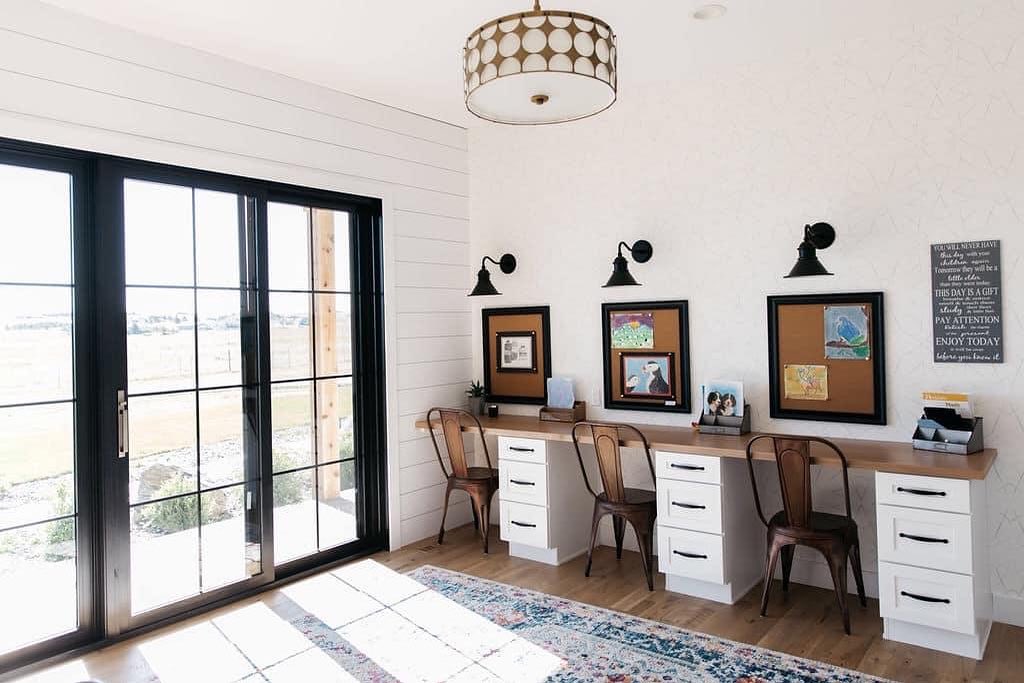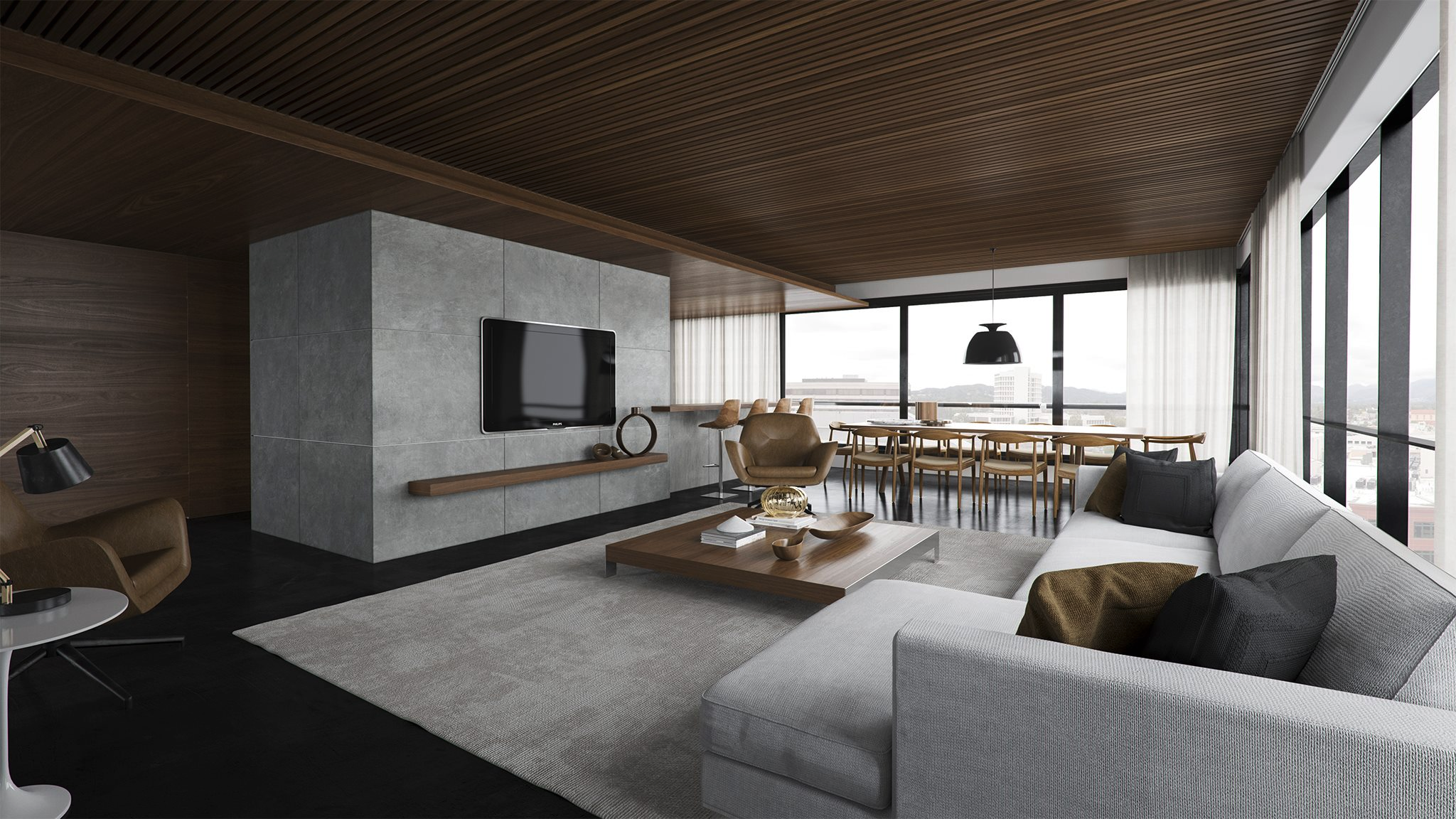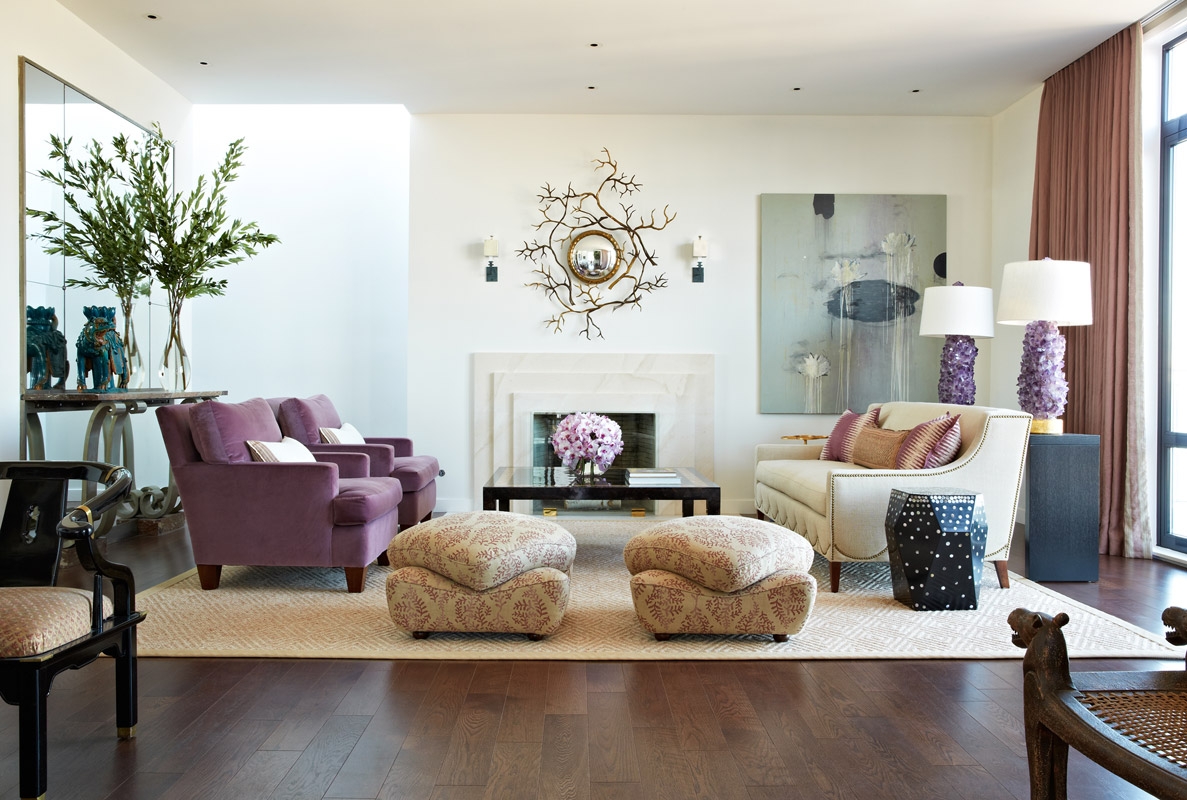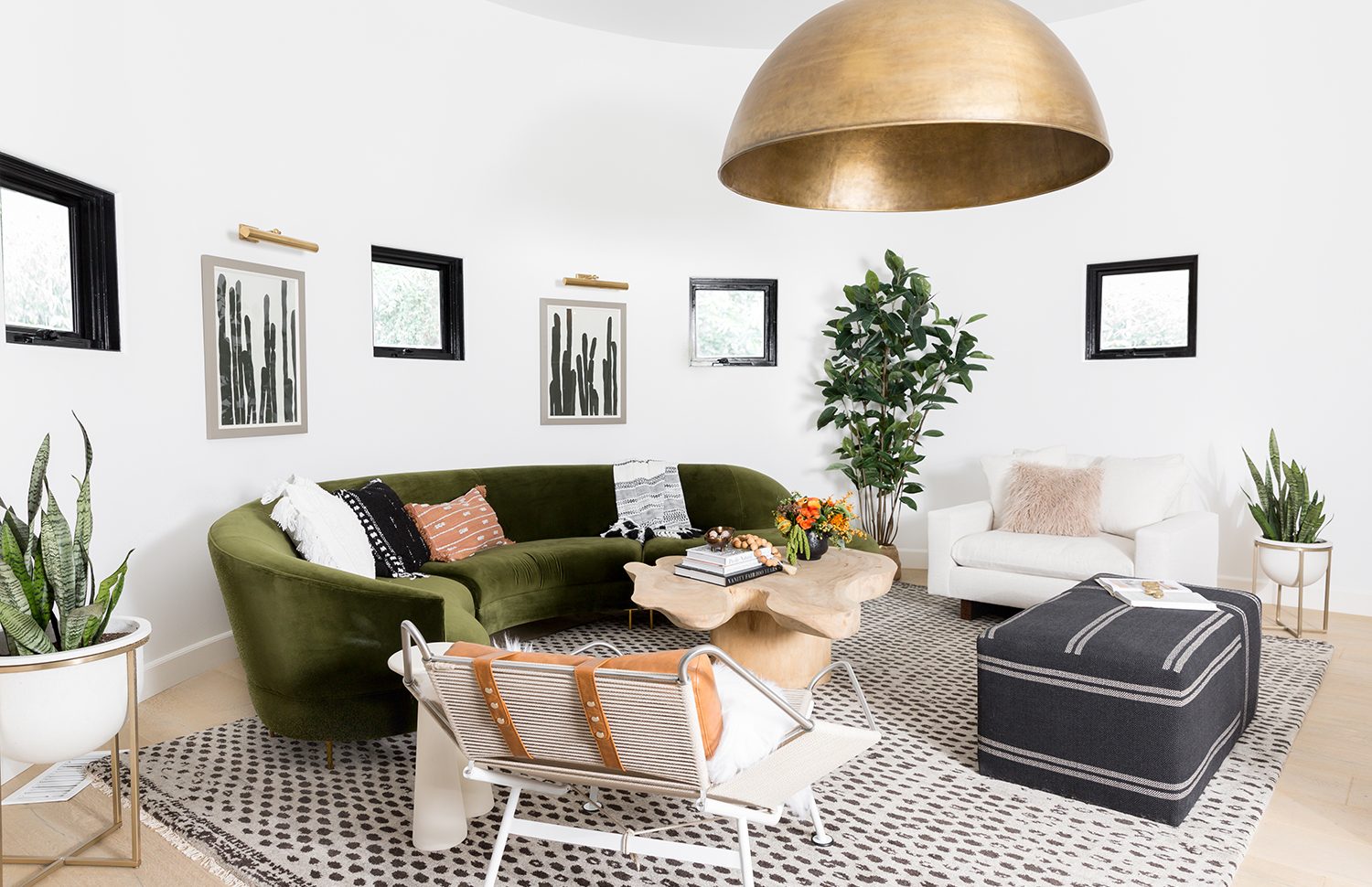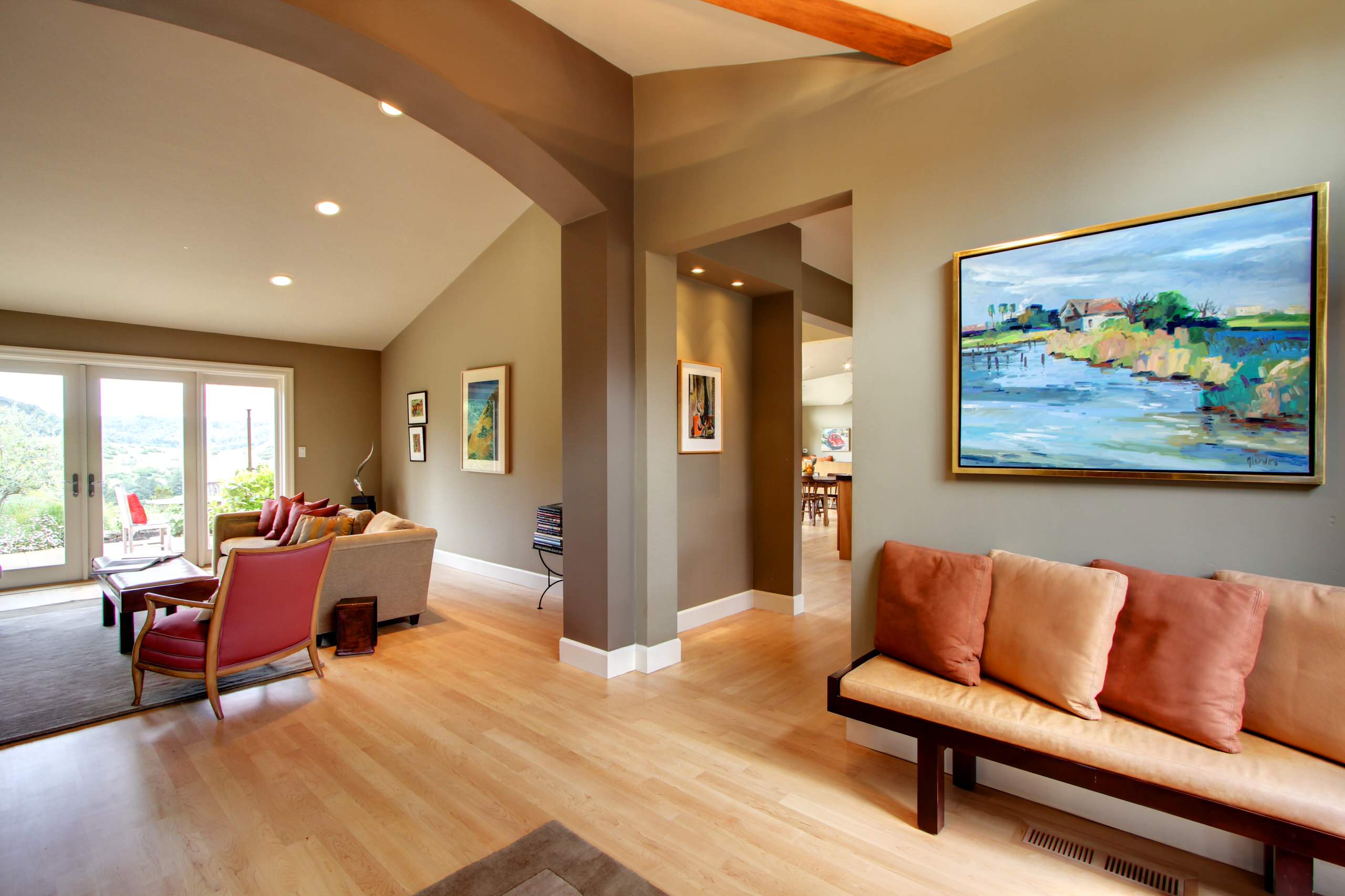As more and more families turn to homeschooling, it's important to find creative ways to make it work in your home. One popular option is to set up a homeschool space in the living room. Here are some tips and tricks for making the most out of this multifunctional room.Homeschooling in the Living Room: Tips and Tricks
When designing your homeschool area in the living room, it's important to consider both functionality and aesthetics. Start by choosing a designated area for your homeschooling activities. This could be a corner of the room, a desk against a wall, or a specific table or area on the floor. Use colorful rugs, curtains, or dividers to create a sense of separation and make the space feel more like a classroom. Next, gather all the necessary supplies and organize them in an easily accessible way. Use shelves, bins, or carts to keep materials organized and within reach. This will not only save time but also help keep the living room clutter-free.How to Create a Homeschool Space in Your Living Room
Homeschooling in the living room offers several benefits for both parents and students. For parents, having the homeschool space in a central area of the home allows for easy supervision and the ability to multitask with household chores. For students, being in a familiar and comfortable space can help them feel more relaxed and focused on their studies. In addition, the living room often has ample natural light, making it an ideal spot for learning. Being surrounded by natural light can boost mood and productivity, making it easier for students to engage in their lessons.The Benefits of Homeschooling in the Living Room
Like any other homeschooling option, there are pros and cons to homeschooling in the living room. On the positive side, it allows for a flexible and customizable learning environment. Students can have access to all the comforts of home while still being able to focus on their studies. On the downside, the living room can also be a distracting environment, especially if there are other family members or pets present. It's important to set boundaries and establish a routine to minimize distractions and maintain a productive learning atmosphere.Homeschooling in the Living Room: Pros and Cons
When setting up your homeschool area in the living room, it's important to consider the layout and flow of the space. Make sure there is enough room for students to move around and access materials comfortably. Avoid placing the homeschool area in high-traffic areas, such as in front of the TV, to minimize distractions. Consider incorporating elements that will make the space more inviting and conducive to learning, such as plants, inspirational quotes, or artwork. You can also involve your children in the process of setting up the space, giving them a sense of ownership and making it a fun family project.Setting Up a Homeschool Area in Your Living Room
Every family and homeschooling journey is unique, so it's important to find what works best for your family. If homeschooling in the living room is not feasible, consider alternative options such as using a spare room, setting up a space in the kitchen, or utilizing outdoor areas for learning activities. If you have multiple children, consider setting up individual workstations or designating specific times for each child to use the homeschool area. This will help minimize distractions and promote a sense of routine and structure.Homeschooling in the Living Room: Making it Work for Your Family
Homeschooling in the living room doesn't have to be limited to just textbooks and workbooks. Get creative and incorporate various learning activities and games into your homeschool routine. Use the living room as a space for hands-on science experiments, art projects, or even physical education activities. You can also use the living room to host virtual field trips or invite guest speakers through online platforms. This will not only add variety to your homeschool curriculum but also allow students to interact with others outside of the home.Creative Ideas for Homeschooling in the Living Room
If you're new to homeschooling, the thought of setting up a homeschool area in your living room may seem overwhelming. However, with proper planning and organization, it can be a successful and enjoyable experience for both parents and students. Start by researching different homeschooling methods and finding what aligns with your family's values and beliefs. Then, create a schedule and routine that works best for your family, keeping in mind the flexibility that homeschooling offers. Don't be afraid to reach out to other homeschooling families for advice and support.Homeschooling in the Living Room: A Guide for New Homeschoolers
One of the biggest challenges of homeschooling in the living room is finding a balance between functional living space and a dedicated homeschool area. To avoid feeling overwhelmed or claustrophobic, make sure to regularly declutter and reorganize the space. Consider investing in furniture that can serve multiple purposes, such as a storage ottoman or a foldable desk, to help maximize space. You can also use vertical storage options, like wall shelves or hanging organizers, to free up floor space.How to Balance Living Room Space and Homeschooling
One of the best things about homeschooling in the living room is the flexibility it offers. Every day can look different, depending on your family's needs and interests. Some days may involve more structured lessons and others may be filled with hands-on activities or field trips. The living room can also serve as a comfortable and inviting space for family read-alouds or discussions. Take breaks throughout the day to stretch, move, and engage in meaningful conversations with your children.Homeschooling in the Living Room: A Day in the Life
Homeschooling in the Living Room: A Creative and Functional Approach

The Benefits of Homeschooling
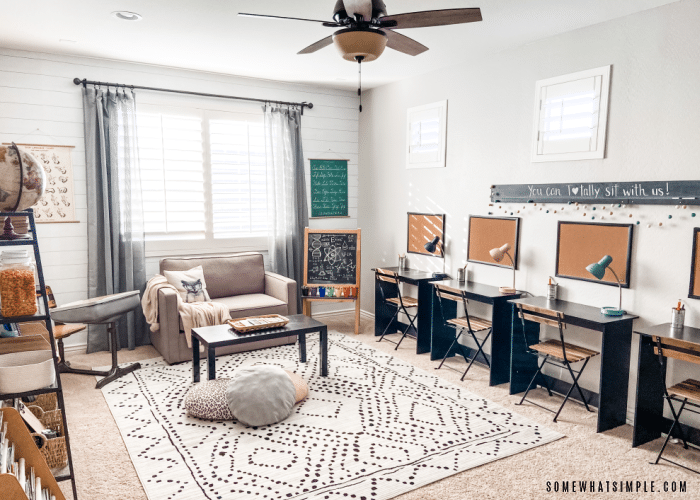 Homeschooling has become an increasingly popular option for families around the world. With the rise of technology and the flexibility it offers, more and more parents are choosing to educate their children at home. This approach not only allows for individualized instruction and a more tailored education, but it also provides a sense of comfort and security for both parents and children. However, one of the biggest challenges for homeschooling families is finding the right space to create a productive learning environment. This is where the living room can become a valuable and versatile space for homeschooling.
Homeschooling has become an increasingly popular option for families around the world. With the rise of technology and the flexibility it offers, more and more parents are choosing to educate their children at home. This approach not only allows for individualized instruction and a more tailored education, but it also provides a sense of comfort and security for both parents and children. However, one of the biggest challenges for homeschooling families is finding the right space to create a productive learning environment. This is where the living room can become a valuable and versatile space for homeschooling.
Maximizing Space
 The living room is often the central gathering place in a home, making it the perfect location for homeschooling. It offers ample space for children to move around and engage in hands-on activities, as well as a comfortable area for quiet study. By utilizing a few simple design techniques, you can transform your living room into a functional and organized homeschooling area.
Utilizing the walls
for storage and display,
creating designated areas
for different subjects, and
incorporating flexible furniture
are just a few ways to maximize the space in your living room for homeschooling.
The living room is often the central gathering place in a home, making it the perfect location for homeschooling. It offers ample space for children to move around and engage in hands-on activities, as well as a comfortable area for quiet study. By utilizing a few simple design techniques, you can transform your living room into a functional and organized homeschooling area.
Utilizing the walls
for storage and display,
creating designated areas
for different subjects, and
incorporating flexible furniture
are just a few ways to maximize the space in your living room for homeschooling.
Creating a Learning Environment
 One of the key elements of successful homeschooling is creating a conducive learning environment. With the living room as your canvas, you have the opportunity to design a space that promotes focus, creativity, and productivity. Incorporating natural light,
using colors and décor to stimulate the mind
, and
incorporating elements of nature
are all effective ways to create a positive and inspiring atmosphere for learning.
One of the key elements of successful homeschooling is creating a conducive learning environment. With the living room as your canvas, you have the opportunity to design a space that promotes focus, creativity, and productivity. Incorporating natural light,
using colors and décor to stimulate the mind
, and
incorporating elements of nature
are all effective ways to create a positive and inspiring atmosphere for learning.
A Multifunctional Space
 Another advantage of homeschooling in the living room is its ability to serve multiple purposes. When not being used for school, the living room can still function as a place for family gatherings, movie nights, or even as a home office for parents. By
choosing furniture pieces that can be easily moved or stored
, and keeping the space organized and clutter-free, you can seamlessly transition from a homeschooling area to a family living space.
Another advantage of homeschooling in the living room is its ability to serve multiple purposes. When not being used for school, the living room can still function as a place for family gatherings, movie nights, or even as a home office for parents. By
choosing furniture pieces that can be easily moved or stored
, and keeping the space organized and clutter-free, you can seamlessly transition from a homeschooling area to a family living space.
Conclusion
 Homeschooling in the living room offers a unique and practical solution for families looking to educate their children at home. By utilizing the space effectively and incorporating elements of design, you can create a functional, comfortable, and inspiring learning environment for your children. With the flexibility and adaptability that the living room offers, you can provide your children with a well-rounded education while also creating a cozy and inviting space for your family to enjoy.
Homeschooling in the living room offers a unique and practical solution for families looking to educate their children at home. By utilizing the space effectively and incorporating elements of design, you can create a functional, comfortable, and inspiring learning environment for your children. With the flexibility and adaptability that the living room offers, you can provide your children with a well-rounded education while also creating a cozy and inviting space for your family to enjoy.



